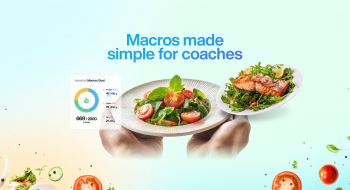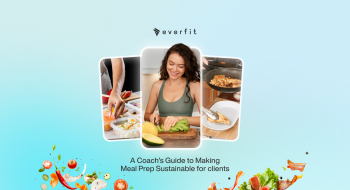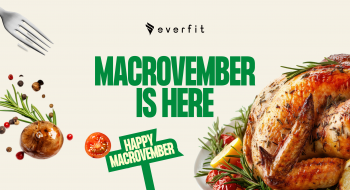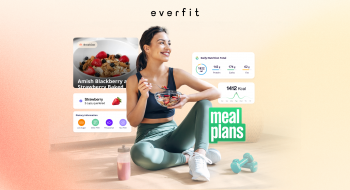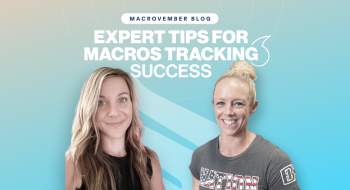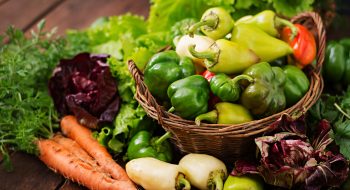Thanksgiving is a time for gratitude, family gatherings, and delicious feasts. However, for fitness coaches and trainers, it can also be a challenging time when clients struggle to maintain their nutrition goals amidst a table filled with tempting dishes. Balancing holiday traditions and healthy eating can be a tricky task, but it’s not impossible. In this blog, we’ll explore strategies for you and your clients to navigate the Thanksgiving feast while staying on track with their nutrition goals.
Set Realistic Expectations
Before the Thanksgiving feast, it’s crucial to have a candid conversation with your clients about their goals. Help them set realistic expectations for the holiday. While a one-day splurge won’t undo months of hard work, it’s essential to ensure they don’t use this as an excuse for unhealthy eating throughout the entire holiday season.
Plan Ahead
Planning is key when it comes to managing holiday meals. Encourage your clients to plan their Thanksgiving day in advance. This could include having a light, balanced breakfast, and potentially engaging in a morning workout to set a positive tone for the day.

Mindful Eating
Thanksgiving often involves more food than usual, but that doesn’t mean clients should eat mindlessly. Encourage them to be present and mindful while eating. Savoring each bite, chewing slowly, and engaging in conversations between bites can help prevent overeating.

Portion Control
Remind your clients that it’s okay to enjoy their favorite dishes but in moderation. Suggest using smaller plates, which can psychologically limit portion sizes, and advise against piling food too high. Portion control is key to enjoying the holiday meal without overindulging.
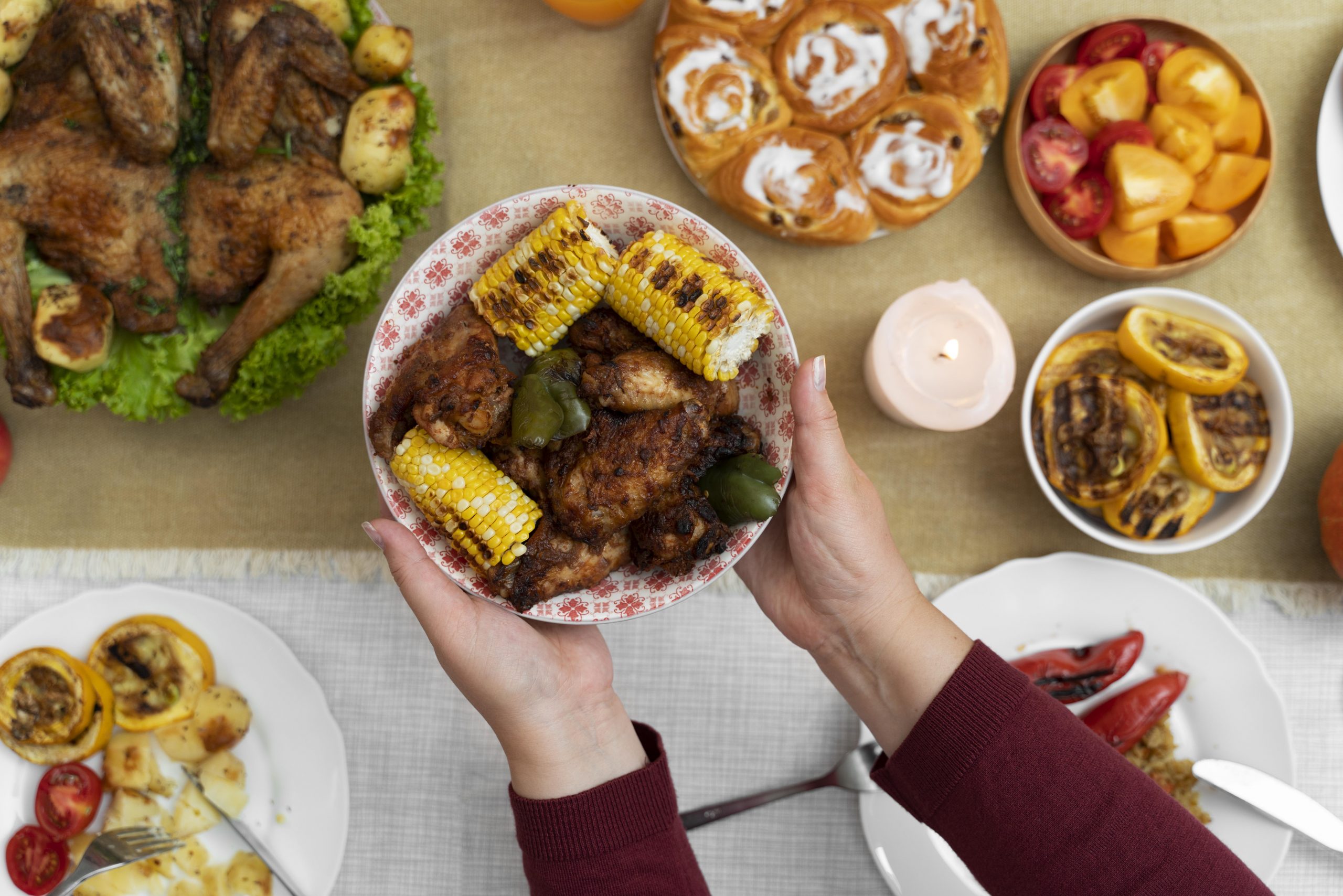
Prioritize Protein and Veggies
Encourage clients to fill their plates with lean protein sources like turkey and plenty of vegetables. These foods are filling and nutrient-dense, which can help reduce the desire to overeat in calorie-dense dishes.
Stay Hydrated
Drinking water throughout the day can help clients stay hydrated and control their appetite. Sometimes, thirst can be mistaken for hunger, leading to unnecessary calorie consumption.
Limit Alcohol
Alcoholic beverages can add extra calories and lower inhibitions, potentially leading to overeating. Suggest your clients drink in moderation, alternate with water, or opt for lower-calorie options if they choose to indulge.
Choose Wisely
Encourage clients to be selective with their choices. It’s okay to enjoy their favorite Thanksgiving dishes, but they should be mindful of high-calorie options and limit themselves to smaller portions.

Practice Self-Compassion
If your clients do end up indulging more than they planned, reassure them that it’s okay. One day of indulgence won’t derail their progress. Encourage them to move on and return to their regular healthy eating habits.
Post-Feast Physical Activity
After the Thanksgiving meal, suggest a post-feast family walk or a friendly game of touch football. This can help burn off some of the extra calories consumed and reinforce a sense of balance and wellness.

Thanksgiving doesn’t have to be a time of anxiety and guilt for your fitness coaching clients. By setting realistic expectations, planning ahead, practicing mindful eating, and making smart choices, they can enjoy the holiday feast without derailing their progress. As a fitness coach or trainer, your guidance and support during this time can make a significant difference in helping your clients navigate the Thanksgiving feast while staying committed to their health and fitness goals.






